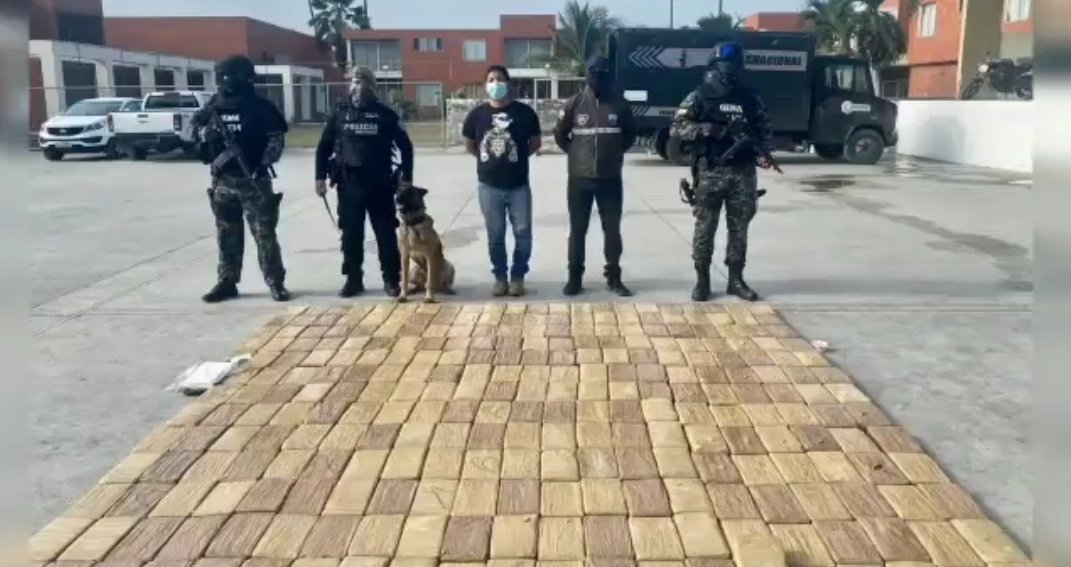On the night of 18 October, Mexican Police raided a party in the outskirts of Mexico City. Like a scene from a Hollywood blockbuster, the party featured exotic pets (two African lions, two white tigers, two black panthers) and $200,000 dollars in cash lying around. The international guest list included people from Colombia, Uruguay, Mexico, and the United States. 24 in total, they were arrested on charges of being associated with the Colombian cartel Valle del Norte and accused of smuggling 6,000 kilograms of cocaine annually to the United States.
On the night of 12 October, three men were found brutally murdered outside of a Wal-Mart in Buenos Aires Province. The gang-style manner in which the men were executed was similar to those carried out in the towns of Ciudad Juarez, Tijuana, and Nogales thousands of miles to the north.
The men were murdered for their association in a global ephedrine smuggling ring whose ultimate destination is the growing US methamphetamine market. Authorities have implied that the origin of many of the merchandise may be in Asia. In April of 2007, Chinese National and suspected international ephedrine smuggler Zhenli Ye Gon was arrested in a posh Mexico City neighborhood with over $205 million dollars in cash stored in the basement.
The astronomical murder rate in Mexico since President Felipe Calderón declared war on the cartels in his country (over 4,000 gang-related deaths since 1 January 2008), stories of horrific fighting, kidnappings, police corruption, and arrests of cartel leaders are becoming increasingly common across US media. That one of the world’s most dangerous and violent places lies just south of the Rio Grande makes for interesting and disturbing news.
What is going on even further south is equally interesting and important. On 26 March LatAm Thought published a piece on the balloon effect and the failures of supply-side anti-narcotics policies. Take cocaine, for example. The majority of the world’s cocaine is produced in Colombia, Peru, and Bolivia, yet the world’s biggest consumer borders Mexico. Much of the violence that once gripped Colombia has been transplanted to Mexico and the Central American countries that initally receive the cocaine shipments. Mexican cartels are working with smaller cells in nations throughout the region in an effort to facilitate transport of the profitable merchandise.
As a recent example, take the recent 25 October seizure of 10 tons of cocaine from a truck entering the port at Barranquilla. Colombian intelligence (DIIJN) made the seizure and revealed the destination: Not Miami, but Veracruz, Mexico. The port city on the Gulf of Mexico is the turf of the Gulf Cartel, one of Mexico’s strongest and fiercest.
Because of their strategic location, Central American countries have been hit especially hard. Using anything from fast moving speed boats to hard-to-detect homemade submarines, smugglers use the Pacific Ocean, the porous Central American borders and favorable Caribbean currents to get their merchandise to the north. Due in part to the violence associated with the drug trade, El Salvador, Honduras, and Guatemala rank in the top 7 countries for homicide rates.
Perhaps no country has been hit harder than Guatemala, who shares a difficult to patrol land border with Mexico. On 22 October Guatemalan President Álvaro Colom met with the governors of the four Mexican states that border Guatemala to talk about developing the border region, which has become a haven for violence and smuggling activity. Mexican cartels work deep inside Guatemala, resulting in an undermining of Guatemalan authorities. The fallout: A homicide rate of 43 per 100,000 people in 2007. By contrast, Colombia had a homicide rate of 37 per 100,000 in the same time period.
Arrests of suspected Mexican smugglers have taken place in countries as far reaching as Paraguay, and the recent murders of the three Argentine men related to a Mexican smuggling ring have shocked the press. As pressure on cartels mounts in Mexico, other Latin American nations find themselves at risk, and stories like the gang-style murders in suburban Buenos Aires may become more common.

Reply